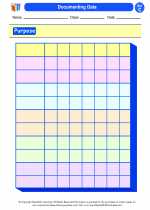Rotation
Rotation is the circular movement of an object around a center or axis. In the context of Earth science, rotation refers to the spinning of the Earth on its axis. This spinning motion causes the cycle of day and night as different parts of the Earth are illuminated by the Sun at different times.
Key Concepts to Understand:
- Axis: The imaginary line around which an object rotates. In the case of the Earth, its axis runs from the North Pole to the South Pole.
- Day and Night: The Earth's rotation causes different parts of the Earth to be in darkness or light at different times, creating the cycle of day and night.
- Effects of Rotation: The rotation of the Earth influences factors such as the direction of winds and ocean currents, as well as the apparent movement of celestial bodies in the sky.
Study Guide:
To understand the concept of rotation better, here are some key points to focus on:
- What is the axis of rotation and how does it relate to the Earth's rotation?
- How does the rotation of the Earth cause the cycle of day and night?
- What are some of the effects of the Earth's rotation on natural processes, such as the movement of winds and ocean currents?
- How does the Earth's rotation influence the apparent movement of celestial bodies in the sky?
Additionally, it can be helpful to visualize the concept of rotation by using models or diagrams to represent the Earth's spinning motion and its effects on various phenomena.
Understanding the concept of rotation is fundamental to comprehending many aspects of Earth science and astronomy, so be sure to grasp the key principles and their implications.
Good luck with your studies!
.◂Science Worksheets and Study Guides Third Grade. Science in our world - 3rd gr.
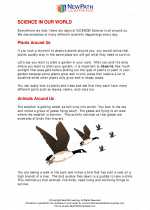
 Worksheet/Answer key
Worksheet/Answer key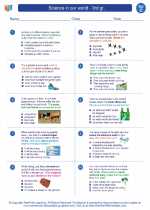
 Worksheet/Answer key
Worksheet/Answer key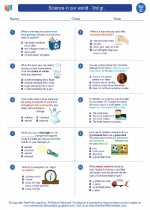
 Worksheet/Answer key
Worksheet/Answer key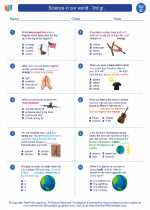
 Worksheet/Answer key
Worksheet/Answer key